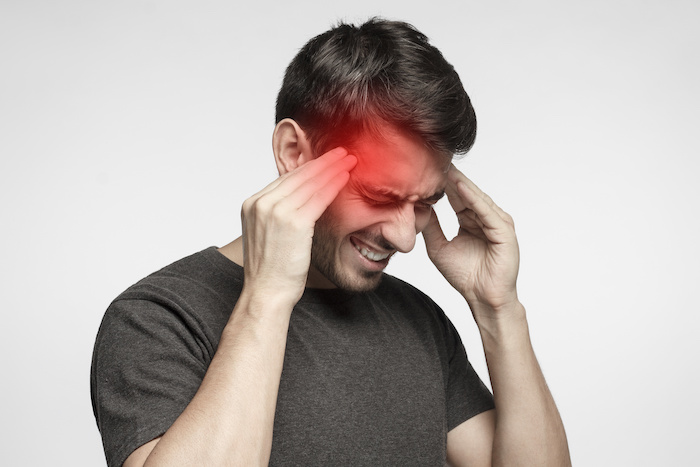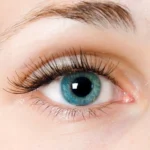Headaches vary from brief, dull pressure to throbbing pain, accompanied by sensitivity to light and sound. Frequency and severity can shift with daily habits, and those patterns are measurable. By tracking inputs such as caffeine, alcohol, sleep, and activity, you identify links between behavior and symptoms. Here is how specific lifestyle changes relate to headache patterns, so you have clear next steps to test:
Reducing Caffeine
Caffeine affects blood flow and the brain’s alertness systems, and abrupt changes in intake may trigger withdrawal headaches. Daily caffeine can create a familiar cycle that includes heavy morning use, midday lull, and late rescue dose. To reduce issues, taper rather than stop outright. Consume intake earlier in the day, as late caffeine can disrupt sleep and exacerbate next-day sensitivity. Track timing, dose, and brew strength for two weeks, and pair notes with headache onset and intensity. Steady routines often reduce rebound peaks, whereas large, sporadic doses tend to exacerbate them.
Cutting Out Alcohol
Alcohol may also impact hydration, sleep architecture, and vascular tone, which together shape headache risk. Red wine, aged spirits, and high-sugar cocktails typically have distinct profiles; ingredients and additives may play a role for some individuals. A short, structured trial helps clarify effects. First, set a defined period of zero alcohol intake and log headaches, including the time of day, duration, severity, and any associated factors, such as stress or skipped meals.
Next, reintroduce one drink type at a time, with at least 72 hours between exposures, and keep portions standard so comparisons stay clean. Finally, review patterns for timing links, such as morning headaches after evening drinks or delayed symptoms the next afternoon. If alcohol is linked with worse intensity or higher frequency, take action.
Maintain Healthy Sleep
Establish a routine that supports stable sleep rhythms, making simple adjustments. Go to bed and wake up within a one-hour window, as irregular schedules often increase headache frequency. Bright morning light helps anchor your body clock, while low light in the evening reduces alerting cues. Keep the bedroom cool, quiet, and dark, and reserve the bed for sleep. Short naps help some people, yet long or late naps disrupt the night.
Limit screens in the hour before bed, as blue-enriched light delays melatonin and nudges sleep later. If snoring, gasping, or repeated awakenings occur, discuss these with a clinician, as sleep-disordered breathing can drive morning headaches for many. Record bedtime, wake time, perceived sleep quality, and headaches for at least 14 days to surface patterns.
Avoid Overexertion
Intensity spikes during workouts, sudden increases in training volume, or unbroken desk time produce different stressors, but all load the neck, shoulders, and vasculature. A balanced approach may reduce extremes. Two quick frameworks make this practical:
- Three light sessions, two moderate, one higher effort
- Every 50 minutes, do five shoulder rolls and five slow breaths
Monitor hydration, heat, and altitude during activity, as each variable can alter the strain. If headaches follow intense efforts, scale duration or intensity for one to two weeks while keeping frequency steady, then reassess.
Get Treated for Headaches
Self-tracking reveals patterns, but a medical evaluation identifies conditions that can mirror or exacerbate headaches. You might have medication overuse, sleep apnea, jaw clenching, hypertension, or visual strain, and each one alters frequency or severity through different pathways. With that data, your clinician matches findings to targeted options and rules out red flags. If headaches disrupt work, school, or daily tasks, schedule an appointment with a qualified healthcare professional and start a two-week tracking routine today.









Leave a Reply